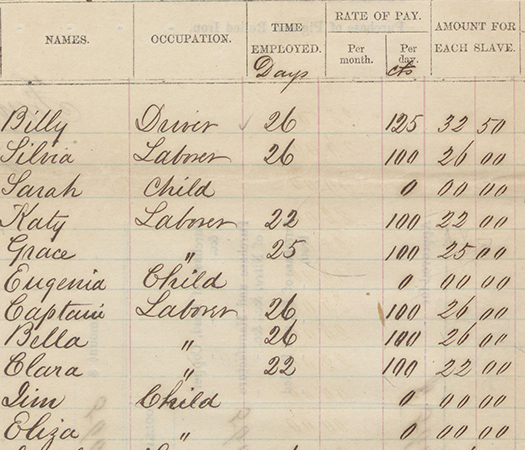 Fighting Means Killing: Civil War Soldiers and the Nature of Combat, Jonathan M. Steplyk, University of Kansas Press, 294 pp., 14 illustrations, bibliographic notes, bibliography, index, 2018, $29.95
Fighting Means Killing: Civil War Soldiers and the Nature of Combat, Jonathan M. Steplyk, University of Kansas Press, 294 pp., 14 illustrations, bibliographic notes, bibliography, index, 2018, $29.95Fighting Means Killing: Civil War Soldiers and the Nature of Combat is quite possibly the first book-length study of soldiers' attitudes toward killing on the battlefields of the war. Others, such as Brent Nosworthy , Earl Hess, Gerald Linderman and others have addressed the topic within chapters. David Grossman's On Killing (1995) is offered by Steplyk as his model. Psychological conditions and mental health outcomes held and owned by battlefield soldiers are compared and contrasted with both the civilian and military training they received.
The author notes that the average soldier struggled to sublimate learned civilian resistance to provoking enemies' death on the battlefield. American society's culture and religious practices, generally speaking, provided barriers to combat effectiveness.
Like other historians, the author notes that hand-to-hand fighting was rare. Death by bayonet was more rare than death by sharpshooters which was less likely that death by massed muskets and artillery. Steplyk believes that sharpshooters were somewhat tolerated and not hated outcasts on the battlefield.
He argues soldiers, at times, went to demanding lengths to limit, even avoid, killing, even to the point of putting themselves in jeopardy.
Steplyk thoroughly considers the mortal and moral problems of race related massacres of surrendering troops. Participants, who justified these massacres, he concludes had their reasons and motives, which were both ideological and racial.
Throughout the book, firsthand sources are relied upon by the author. He provides the foci of when, how and why soldiers withheld their fire and at other times directed the fire of their immediate comrades in arms. Informal structures of parley, truce, and accepting surrenders are described as the soldiers experienced them. He author balances primary and secondary sources as he considers the wartime motivations and post-war justifications by the veterans. Readers who have thorough knowledge of the war's troops and battles, along with readers who are less immersed in American Civil War history, will find the text accessible and intriguing.




